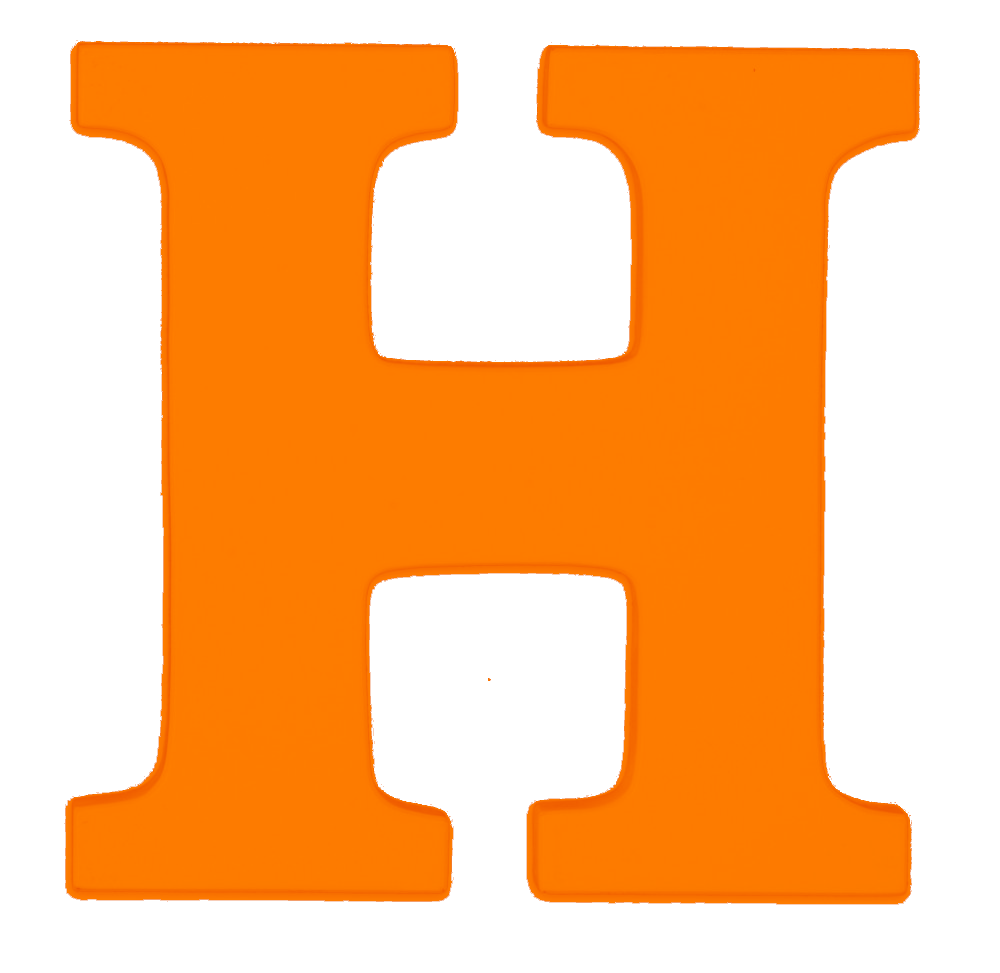H/C/I Meaning Decoded: From Engineering to Health Codes

In the sprawling arena of modern knowledge, acronyms possess an undeniable charm. They dance across disciplines, from engineering blueprints to public health regulations, serving as lexical signposts in our ever-complex narrative. Among these elusive symbols is the triad 'H/C/I'—a deceptively simple acronym that hints at a world brimming with meaning and potential. Understanding H/C/I requires a lens that can adapt to diverse contexts, akin to a well-polished prism refracting light into a spectrum of ideas. Let’s embark on this journey to decode its implications and relevance across various domains.
To begin with, ‘H’ often signifies ‘Health’ or ‘Hydraulics,’ ‘C’ resonates with ‘Code’ or ‘Control,’ and ‘I’ usually stands for ‘Information’ or ‘Integration.’ This multifaceted acronym morphs effortlessly, depending on its surroundings, much like a chameleon adapting to its environment. The interconnectivity inherent in H/C/I highlights an underlying theme—varied systems converging into a symbiotic relationship. Just as nature thrives on ecosystems, technology and health blossom through their collective understanding.
Consider engineering, where H/C/I becomes a vital cog in the machinery of design and construction. Hydraulics, the ‘H’ in this realm, plays an indispensable role—think about the powerful forces harnessed by hydraulic systems to lift heavy machinery or control intricate operations in an assembly line. It translates the theory of physics into practical applications, allowing engineers to transform blueprints into tangible realities. Here, the ‘C’ represents ‘Control,’ emphasizing how critical it is to maintain equilibrium in these systems. Control ensures that a hydraulic press doesn’t crush more than intended—it orchestrates harmony in the chaotic ballet of industrial processes.
The ‘I’ for ‘Information’ captures the essence of modern engineering, embodying the data-driven methodologies that dominate the landscape today. Engineers convert raw data into sophisticated models, facilitating informed decision-making. However, what truly elevates this triadic blend is its adaptability. In the world of engineering, H/C/I transcends traditional boundaries and infuses new technologies with life, much like a river that meanders through various terrains, sculpting its surroundings.
We can illustrate this adaptability further by exploring its implications in the health sector. The language of H/C/I reveals itself unequivocally here, where health regulations are intricately coded for public consumption. The ‘H’ again signifies ‘Health’—a constant reminder of our vulnerability and the societal structures that stand as guardians against health hazards. Codes, represented by ‘C,’ often dictate the parameters for safety, mandating compliance with health regulations. Think about the structured framework within which hospitals operate. Hygiene codes, patient care protocols, and safety measures function as the backbone of a healthy society. Compliance with these codes is not merely a bureaucratic formality; it is an ethical imperative designed to protect human life.
Here, the ‘I’ assumes a more profound meaning. It embodies ‘Integration’—the merging of data from various health indicators into cohesive policies. In this context, health codes echo the intricate dance between scientific research and public interest. They embody narratives that speak to the community’s needs, revealing the delicate balance of health diplomacy that must be struck to promote wellness while respecting individual rights. H/C/I thus becomes a testament to society’s indomitable spirit—its resilience and adaptability in the face of public health challenges.
As we traverse the chasm between engineering and health codes, one cannot ignore the potential for synergy between these realms. Envision a world where hydraulic systems in hospitals integrate seamlessly with health monitoring devices. Imagine the possibilities of real-time data transmission, where systems prioritize patient safety through agile responsiveness. The established codes would serve as a language of communication, sharing vital metrics between engineering and health professionals. H/C/I becomes not just a framework but the heartbeat of innovation.
However, with great power comes great responsibility. Analyzing the implications of H/C/I requires vigilance, as the convergence of such systems poses unique challenges. The ethical considerations surrounding patient data privacy, for example, exemplify the potential hazards that accompany interconnectivity. In this landscape, transparency becomes a non-negotiable ethos—it demands that stakeholders uphold the sanctity of personal information while navigating the intricate web of health codes, engineering regulations, and technological advancements.
In summation, the cryptic initials H/C/I encapsulate more than mere jargon; they symbolize a dynamic interplay of disciplines that shape our world. From the engineered marvels that facilitate progress to the intricate codes that safeguard our health, the triad reveals layers of meaning that resonate across sectors. This metaphorical prism allows us to see beyond its surface—a kaleidoscopic view of society’s intricate fabric, stitched together with threads of innovation, compliance, and responsibility.
As we unravel the connotations of H/C/I, it is essential to recognize that this exploration is not finite. It invites further inquiry and deeper understanding, urging us to ask how we can harness the synergy between engineering and health for the greater good. Each new development in technology furthers this narrative, compelling us to engage, innovate, and evolve. Indeed, the age of H/C/I is upon us—a captivating journey into the heart of our interconnected existence.
Post a Comment